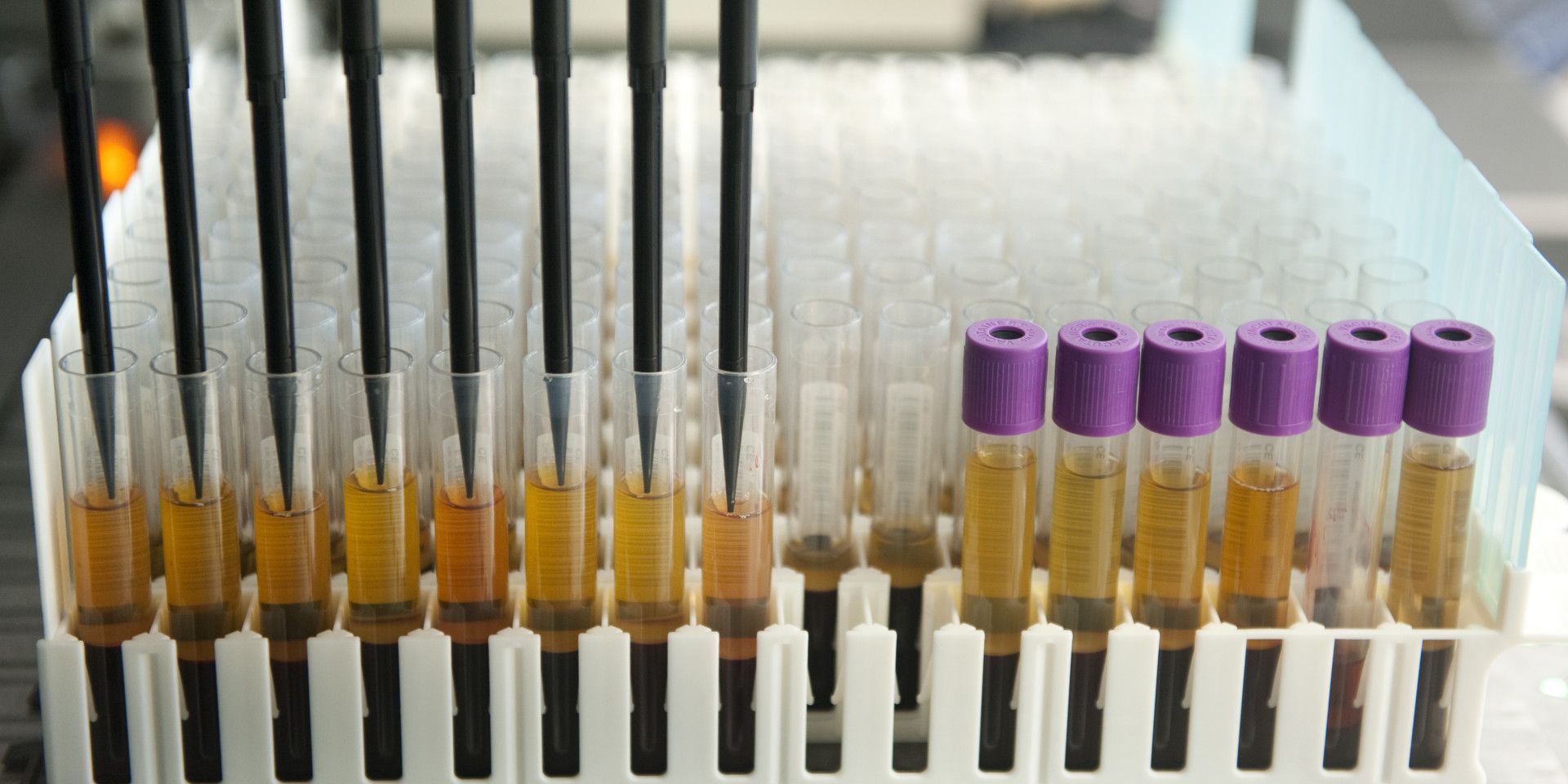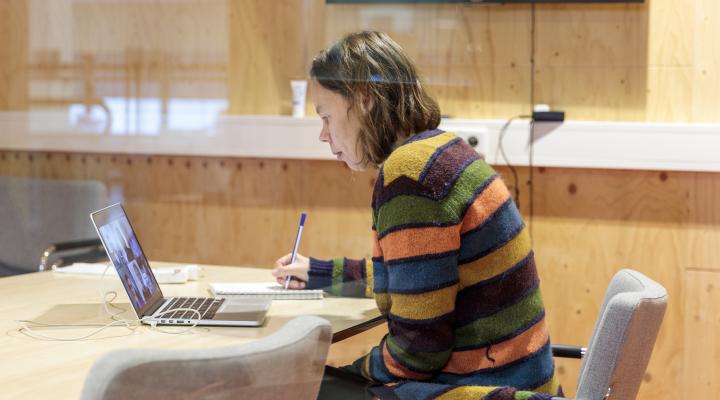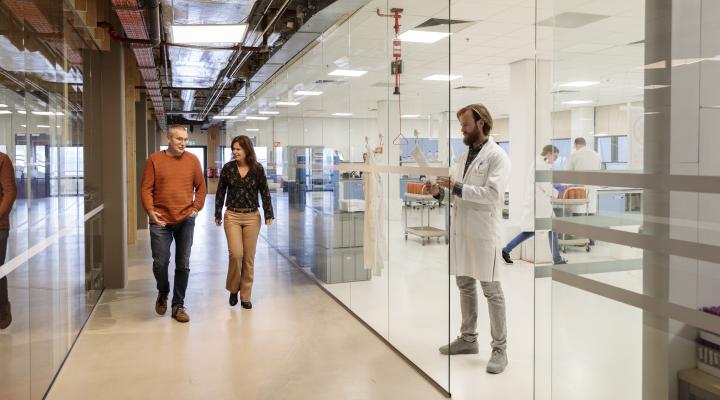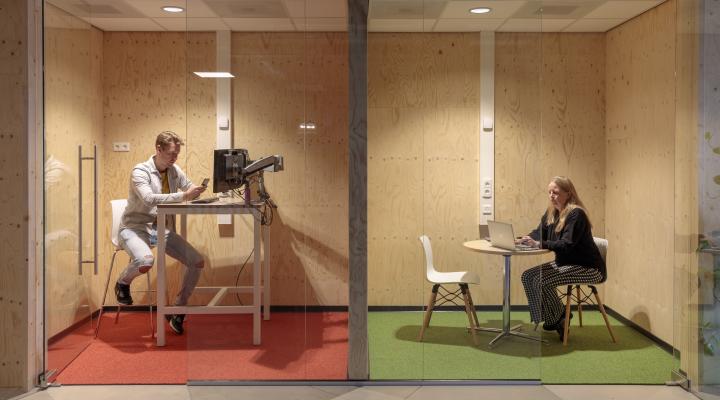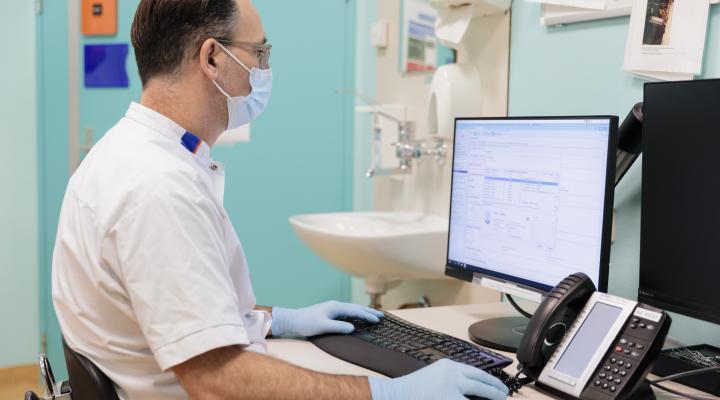
Getting started with your biosample project
Welcome to the Lifelines biobank. Follow the steps below to prepare, request, and work with biosamples for your research project.
Biosample Requesting Process
1. Select your participants
Selecting participants is the first step in your biosample project. During your application, you choose the variables needed to identify the right participants. You can indicate the variables you need in the ‘Appendix: Source data (phenotypic data from our catalogue)’ in the application form.
Please use the Lifelines data catalogue to select (according to the provided manual) all variables required for your participant selection and submit your data selection together with the application form.
If you need additional data after project approval, you can request them through the Lifelines data catalogue. Participant selection takes place within one of the Lifelines research environments.
Note:
- Researchers are encouraged to make their own inclusion and exclusion decisions.
- If diagnoses need verification, you can use linked external data sources.
- Biosample availability may vary (e.g., due to hemolytic samples). To ensure you receive the needed number of samples, please select ~10% more participants per group.
2. Lifelines checks biosample availability
After you submit your participant list, Lifelines will check which biosamples meet your criteria, like sample type including volume and exclusion criteria and the moment of collection (which assessment).
For large requests, biosamples can be shipped in multiple batches. Please indicate the delivery information like which type of plate/tubes and sealing, plate set-up, your preferred batch size and shipment details in the ‘Appendix: Request for biosamples’ in your application form. and ensure you have enough freezer storage capacity.
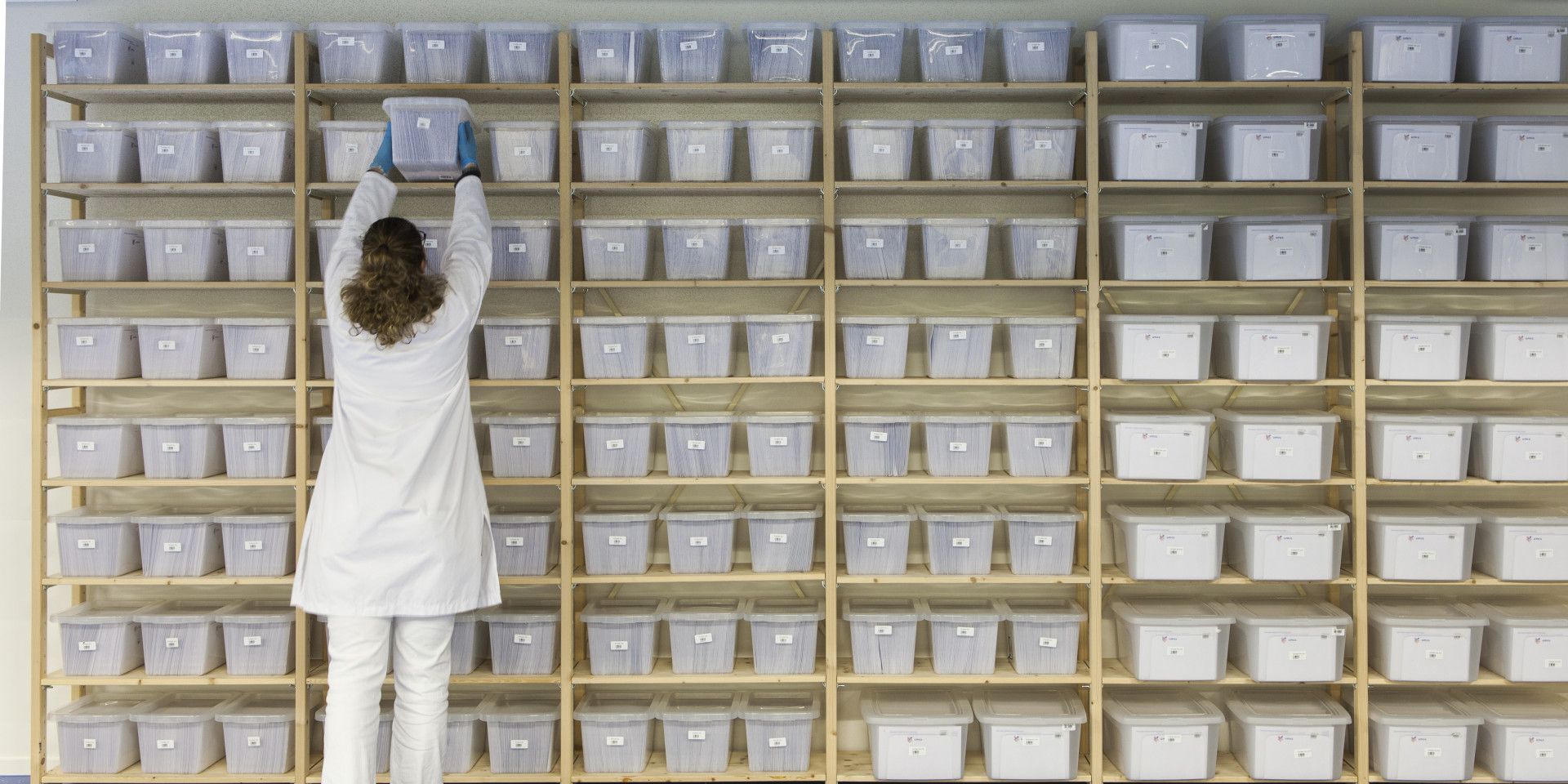
3. Picking, processing, and shipping
Once your biosamples are confirmed, they are collected using our automated storage systems, offering high speed and accuracy. Lifelines will share timelines for sample picking, any required pipetting or isolation steps, and the expected shipping schedule.
Important: Lifelines only ships the minimum volume required for your analyses.
Each shipment includes a sample release file with:
- Sample IDs
- Rack and sample positions
- Age and gender (if required)
4. Analyze your biosamples
Within four weeks of receiving your biosamples, you must return an Acknowledgement of Receipt confirming sample volume and quality. After this 4-week period, Lifelines can no longer guarantee the quality or volume of the aliquots.
Once your analyses are complete:
- Destroy any remaining sample material
- Submit a Sample Destruction Form (SDF)
5. Use your biosample results
After analyzing your biosamples, you may import the results into your Lifelines research environment. Before importing, you must complete and submit a Form Description Instrument (FDI).
Once the biosample results have been imported, your project will continue as a regular Lifelines data project.
